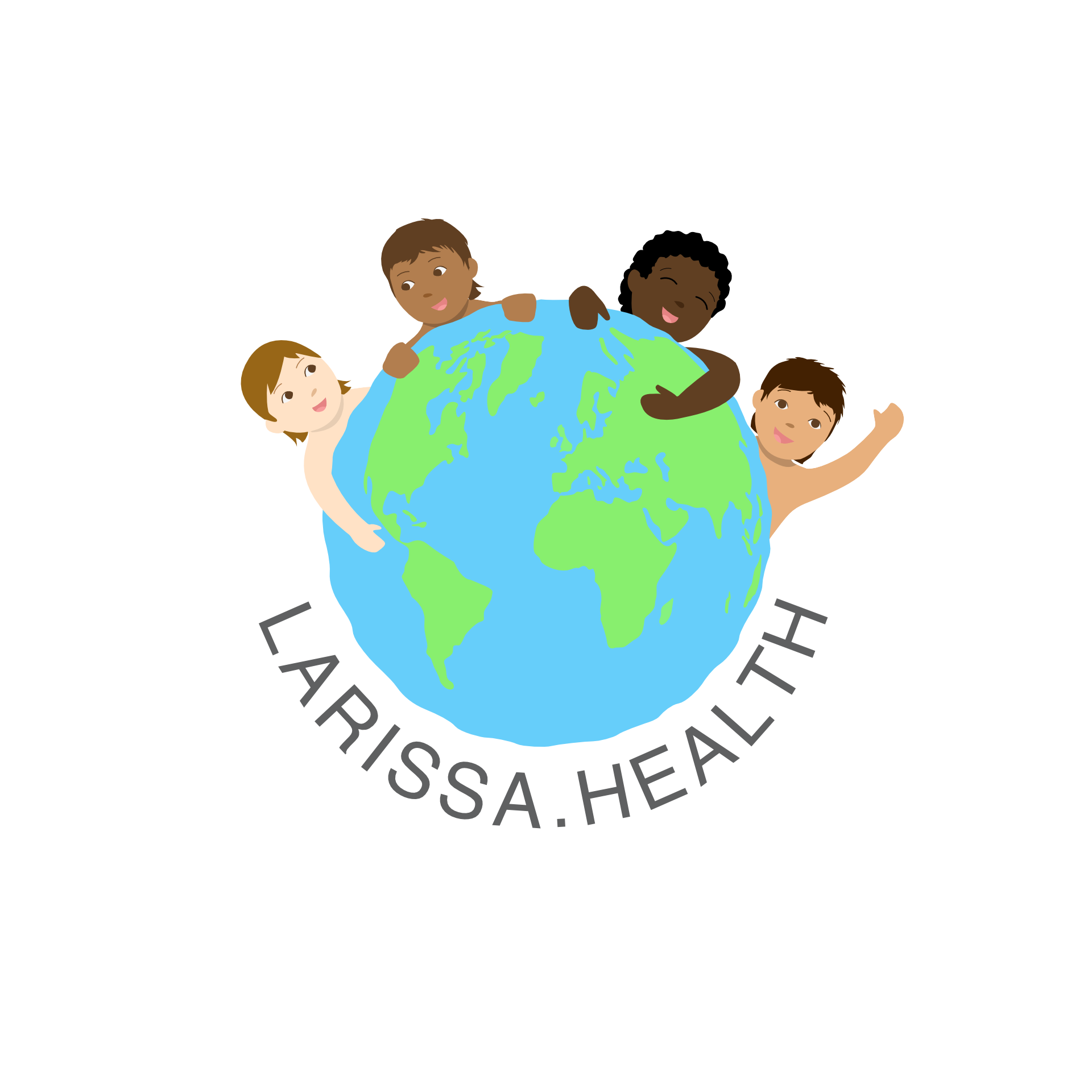The Underutilization of Midwives in Chicago Area Hospitals: Implications for Maternal and Infant Health
Exploring the role of midwives in Chicago's healthcare system, this article delves into the barriers they face in hospital settings. While research shows that midwives can improve maternal care, systemic hurdles limit their integration.
In recent years, the discourse on maternal and infant health has gradually been accommodating alternative and more holistic approaches to childbirth. Midwives, historically recognized for their skills in managing pregnancies and delivering babies, have garnered attention for their unique and often less interventional approach. However, despite the well-documented benefits associated with midwifery, its integration into Chicago area hospitals remains limited.
In Illinois, midwives are essentially nurses with advanced degrees who can manage an entire pregnancy, including delivery. They approach childbirth as a natural process, only intervening when medically essential. Several midwifery groups in Chicago are specifically focusing on reducing maternal mortality rates among the Black community. By fostering trust and addressing individual concerns, these groups aim to better the outcomes for Black mothers and their babies.
The debate around the role of midwives in modern healthcare often boils down to the tension between medical traditionalism and the value ascribed to less interventionist approaches. Research indicates that midwives usually have lower rates of Cesarean section (C-section) procedures and often better outcomes for both the parent and child. However, WBEZ reports that many hospitals in the Chicago area are either not investing in midwives or are actively scaling back on their services. This appears to be a multi-dimensional issue, rooted in both economics and institutional reluctance to adapt.
 Photo by Sepp Hölzel
Photo by Sepp Hölzel
Financial considerations are undeniable. Hospitals, many of which are already grappling with budget constraints, may be hesitant to prioritize midwifery services. The absence of midwives, according to some healthcare advocates, is fundamentally about monetary factors. Hospitals have argued that births managed by midwives often take more time, thereby using up more resources such as hospital rooms. There is also a claim that the cascade of interventions often seen with obstetricians can lead to medically unnecessary but revenue-generating C-sections.
Another layer to this issue is a societal one: the lack of awareness or understanding about what midwives do. Despite their gradual increase across the United States, midwives attended only about 9% of births in Illinois in 2020. Even within the medical community, midwifery as a practice sometimes lacks comprehensive understanding and recognition.
The geographic disparities in midwifery services further deepen the issue. The South Side of Chicago, for example, has a stark absence of midwives, thereby limiting options for communities already grappling with fewer healthcare services. The University of Chicago Medical Center, an institution that treats high-risk cases, has only one midwife on staff.
Staffing challenges also present a barrier. Some midwives opt not to be on call around the clock due to work-life balance concerns and lower pay compared to other nursing roles. For instance, some midwives have reported earning at least 20% less when taking shifts as a midwife as opposed to other nursing duties.
Patients who have experienced midwifery care report a sense of empowerment and personalized attention. The midwifery model places emphasis on holistic care and giving patients a say in their birthing experience. This is particularly essential in cases involving marginalized communities, where healthcare disparities often lead to poorer outcomes.
What becomes apparent is that midwives offer a potentially valuable solution to several pressing healthcare issues, from the national shortage of OB-GYNs to the quest for reducing maternal mortality rates, particularly among vulnerable populations. The medical community and policy-makers must, therefore, evaluate what takes precedence: traditional medical practices or the diverse healthcare needs and preferences of communities.





